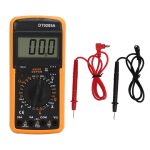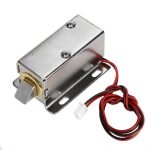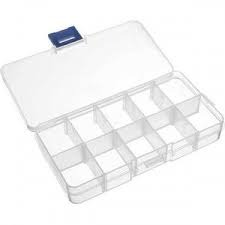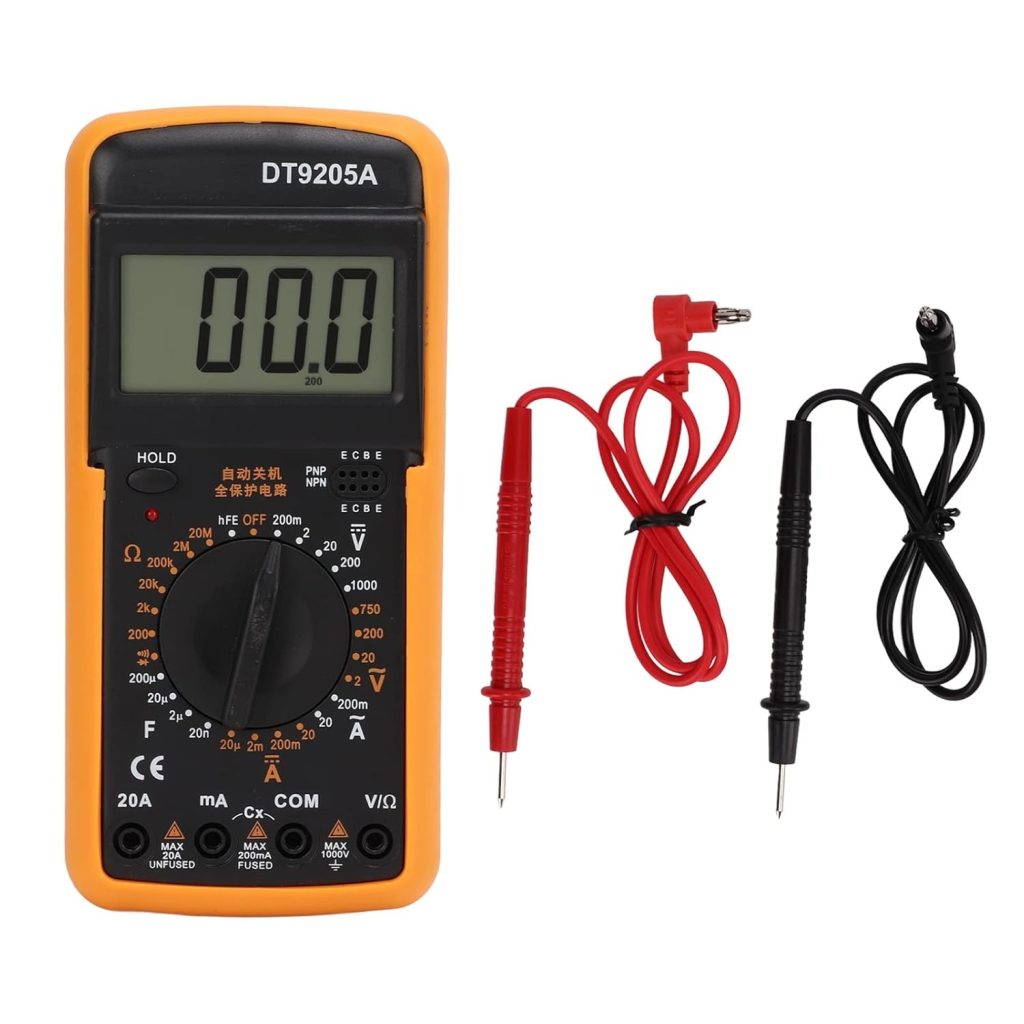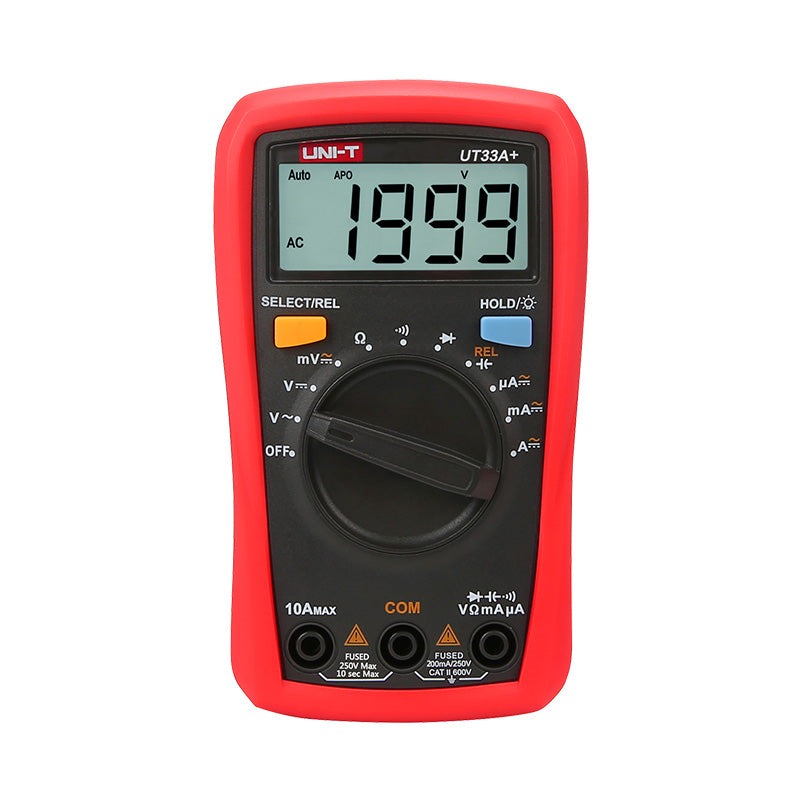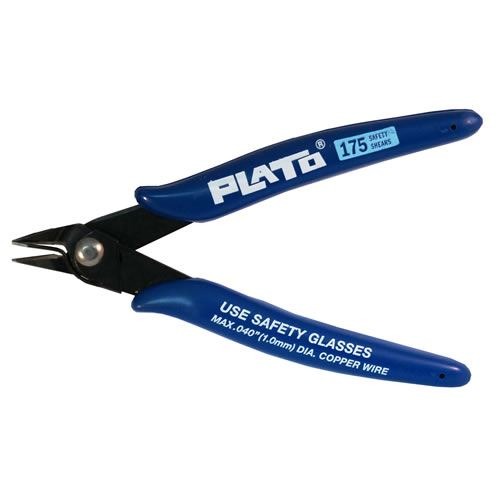Description
A 12V 40W heater is a type of electric heater designed to operate at 12 volts DC and consume 40 watts of power. These heaters are commonly used in various applications, including in automotive, DIY projects, small portable heating devices, and even in some hobby electronics for temperature regulation or warming purposes.
Key Specifications and Features of a 12V 40W Heater:
-
Voltage: 12V DC (Direct Current)
- This is the voltage required to operate the heater. It is commonly used in systems powered by car batteries, solar panels, or DC power supplies.
-
Power Consumption: 40W
- The heater consumes 40 watts of power when in operation. This will determine how much current it draws from the 12V source.
-
Current Draw:
- To calculate the current draw of a 12V 40W heater, we use Ohm’s law: I=PV=40W12V=3.33AI = frac{P}{V} = frac{40W}{12V} = 3.33A So, the heater will draw approximately 3.33 amps of current at full power.
-
Heating Element:
- The heater typically consists of a resistive heating element (often made of metal wire, like nichrome), which heats up when electrical current passes through it.
-
Applications:
- Automotive: 12V heaters are commonly used in cars, trucks, or RVs for defrosting windows or as personal cabin heaters.
- DIY Projects: 12V heaters can be used in custom heating solutions, such as incubators, soldering stations, or small space heaters.
- Portable Devices: Small portable heating devices for camping, boating, or in applications where a 12V power supply is used, such as in some recreational vehicles (RVs).
- Aquarium Heaters: In small fish tanks or reptile enclosures, where low-voltage heaters are needed.
-
Thermal Efficiency:
- 12V 40W heaters can be relatively compact and efficient for small heating tasks. However, they will not be suitable for large-scale heating applications as they are low-power devices.
-
Physical Design:
- The physical design varies, but they are typically either a ceramic-based heating element, a metal coil surrounded by insulation, or carbon fiber heaters.
-
Safety Considerations:
- Overcurrent Protection: Given the current draw of 3.33A, it’s important to ensure that the power supply or wiring can handle this without overheating.
- Temperature Control: It’s recommended to include a temperature sensor or thermostat in the circuit to avoid overheating, especially if the heater is used in an enclosed space.
Power Supply Considerations:
Since the heater operates at 12V DC, it will need a power source that can supply at least 3.33 amps at 12V. Common options include:
- 12V DC power supplies: These are typically used for stationary applications, like powering the heater from a wall outlet (AC to DC).
- 12V battery: Used in mobile or off-grid applications, such as with solar panels, or in vehicles like cars, RVs, or boats.
How to Use a 12V 40W Heater:
-
Connecting the Heater:
- Make sure to connect the positive terminal of your 12V power supply to the positive terminal of the heater and the negative terminal to the negative terminal.
- Use wires capable of handling the 3.33A current without excessive heating. For example, 18 AWG wire should be suitable for most cases.
-
Powering On:
- Once connected, when you apply power to the heater, the resistive element will begin to heat up, converting the electrical energy into heat.
-
Controlling Temperature:
- To control the temperature of the heater, you can add a thermostat or PWM (Pulse Width Modulation) control, which can modulate the heater’s power and prevent overheating.
-
Ensure Ventilation:
- Since the heater will generate heat, ensure the surrounding area has adequate ventilation to prevent heat buildup, which could lead to component failure or fire hazards.
Example Circuit with a 12V 40W Heater:
Components:
- 12V 40W Heater
- 12V Power Supply (capable of delivering at least 3.33A)
- Fuse (for safety, 4A would be suitable)
- Thermostat or Temperature Sensor (optional, for automatic control)
Basic Wiring:
- Connect the positive terminal of the 12V power supply to the positive terminal of the heater.
- Connect the negative terminal of the heater to the negative terminal of the power supply.
- Optionally, wire a thermostat or temperature sensor in series with the heater to control the on/off state of the heater based on the temperature.
Fuse Protection:
- Place a 4A fuse in series with the positive power line to protect the heater from potential overcurrent situations.
Efficiency Considerations:
- Heating Rate: The heater will provide 40 watts of thermal energy when fully powered. The efficiency of heat transfer depends on the material and how well it is insulated. For a small space, this could be sufficient to raise the temperature to a comfortable level.
- Energy Usage: At full load, the heater will consume 40 watts per hour (Wh), or 0.04 kWh. If used for several hours, this can add up, so be mindful of energy consumption if using batteries or solar power.
Specification
General
| Weight Weight | 0,0000 g |
|---|---|
 Dimensions
Dimensions
|
6 × 2 × 0,5 mm |
| Product Name |
Heater – 12V, 40W |
| Type |
Electric Heating Element |
| Operating Voltage |
12 V DC |
| Power Rating |
40 W |
| Current Draw |
~3.33 A |
| Material |
Metal Heating Element with Insulation |
| Operating Temperature |
Up to 200°C (typical for small DC heaters) |
| Mounting Type |
Surface Mount / Embedded |
| Applications |
DIY Electronics Projects, 3D Printer Heated Beds, Small Heating Devices, Laboratory Experiments |
| Package Contents |
1× Heater – 12V, 40W |


